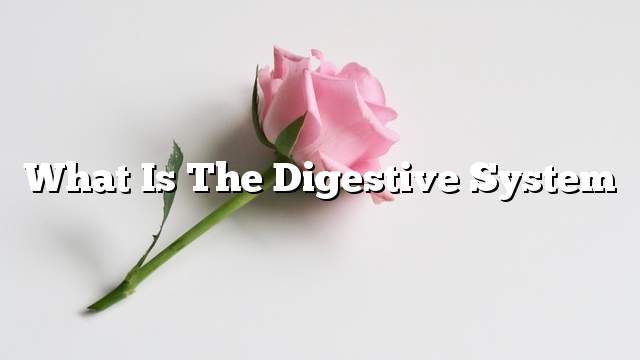The concept of the digestive system
The digestive system is one of the most important devices in the human body, which is responsible for fragmentation of food and delivery of food to the heart and blood vessels to be used and distributed to the rest of the body, and consists of digestive system from several members, which starts from the mouth to the anus, and the length of the digestive system 9 meters .
Components of the digestive system
- Main Members:
The digestive system consists of the main organs: mouth, pharynx, esophagus, stomach, small intestine and large.
- Secondary Members:
The digestive system consists of secondary organs: teeth, salivary glands, tongue, liver, gallbladder, pancreas, and each member is responsible for completing a specific task to complete the main process of digestion.
The way the digestive system works
- The gastrointestinal tract is lined with a membrane known as the mucous membrane, which is present in the mouth, stomach and intestines. This membrane contains small glands that secrete digestive materials. The digestive system is responsible for transporting food absorbed into blood vessels and the heart through which food is transported. To the rest of the body all, which is in the digestive system cracking food and fragmentation into small particles easily transferred in the body to take advantage of and absorption.
- The digestive system processes complex processes by enzymes and chemicals to convert food into amino acids, fatty and sugary, which are transferred to the blood to transport them to the rest of the body.
The method of digestion in sequence
The movement of food from mouth to anus is one of the most important fundamentals of the work of the digestive system, which is through four stages:
- Eating: The process of getting food into the mouth and putting it inside.
- Process of chewing: This process is done in the mouth to be fragmented and break down large food particles into very small particles.
- The process of swallowing: After the fragmentation of food into small particles has become able to ingest food to the inside, by entering food from the mouth to the stomach and the passage of the pharynx and esophagus.
- The worm is a group of continuous contractions that move regularly and move food from mouth to stomach and then break up the epithelium into small particles that are easily absorbed.
